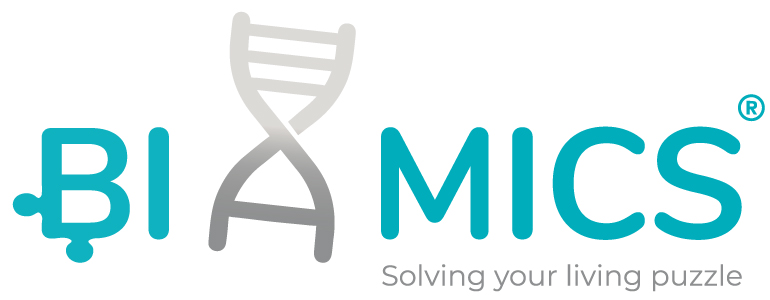PhD student at that time, Vijini Mallawaarachchi wrote this clarifying article about Bioinformatics that we would like now to share with you. Original to be found at: https://medium.com/the-bioinformatics-press/bioinformatics-what-why-how-4328f8b1a200
Bioinformatics has become a buzzword in today’s world of Science. About one or two decades ago, people saw biology and computer science as two entirely different fields. One would learn about living beings and their functions whereas the other would learn about computers and underlying theories. However, at present, there seems to be a mere separation between the two fields and this new field, bioinformatics, has emerged as a combination of both Computer Science and Biology.
What is Bioinformatics?
bio + informatics = bioinformatics
According to Wikipedia,
Bioinformatics is an interdisciplinary field that develops methods and software tools for understanding biological data. As an interdisciplinary field of science, bioinformatics combines computer science, statistics, mathematics, and engineering to analyze and interpret biological data.
Various biological analyses result in exponential amounts of biological data and it becomes very hard to analyze them using manual means. This is where Computer Science comes to the rescue. Various computational techniques are used to analyze hunks of biological data more accurately and efficiently by means of automated processes. Hence, bioinformatics can be considered as a field of data science for solving problems in biology and medicine.
Why Learn and Apply Bioinformatics?
Bioinformatics has become an inter-disciplinary science and if you are a biologist, you will find that having knowledge in bioinformatics can benefit you immensely with your experiments and research.
Today’s job industry is full of vacancies for people with skills in bioinformatics. Major pharmaceutical, biotech and software companies are seeking to hire professionals with experience in bioinformatics where they will be working with huge amounts of biological and health care information. You can check out Indeed.com for several job opportunities in the field of bioinformatics.
A major application of bioinformatics can be found in the fields of precision medicine and preventive medicine. Precision medicine consists of health care techniques customized for individual patients, including treatments and practices. Rather than treating or curing diseases, precision medicine focuses of developing measures to prevent diseases. Some of the diseases being focused are influenza, cancer, heart disease and diabetes.
Researches are being carried out to identify genetic alterations in patientsallowing scientists to come up with better treatments and even possible measures of prevention. Certain types of cancer, being caused by such genetic alterations can be identified beforehand and can be treated before the conditions get worse. You can read more about the role of bioinformatics in cancer treatment at National Cancer Institute.
How to Approach Bioinformatics?
Before getting deep in to the subject, as the starting steps, you will have to learn a little bit about biology; genetics and genomics to be specific. This will include studying about genes, DNA, RNA, protein structures, various synthesis processes etc.
Next, you will have to study about biological sequences (for example, sequences found in DNA, RNA and proteins) and techniques to discover and analyze various patterns and informative sites in them. You will come across various algorithms used by different techniques. Also, you will get the chance to use various machine learning and data mining techniques such as hidden Markov models, neural networks and clustering.
Since you will be dealing with large amounts of data, it is crucial to have a good understanding in statistics as you have to analyze data according to specific requirements.
Of course you will need good programming skills. R, Python, and Bash are the most commonly used programming languages in biological data analyses. Deciding which one to start with depends on your goals. You can use other languages such as C/C++ and Java as well.
After having the basic understanding about the fundamental concepts, you can explore other areas such structural bioinformatics, systems biology and biological networks.


